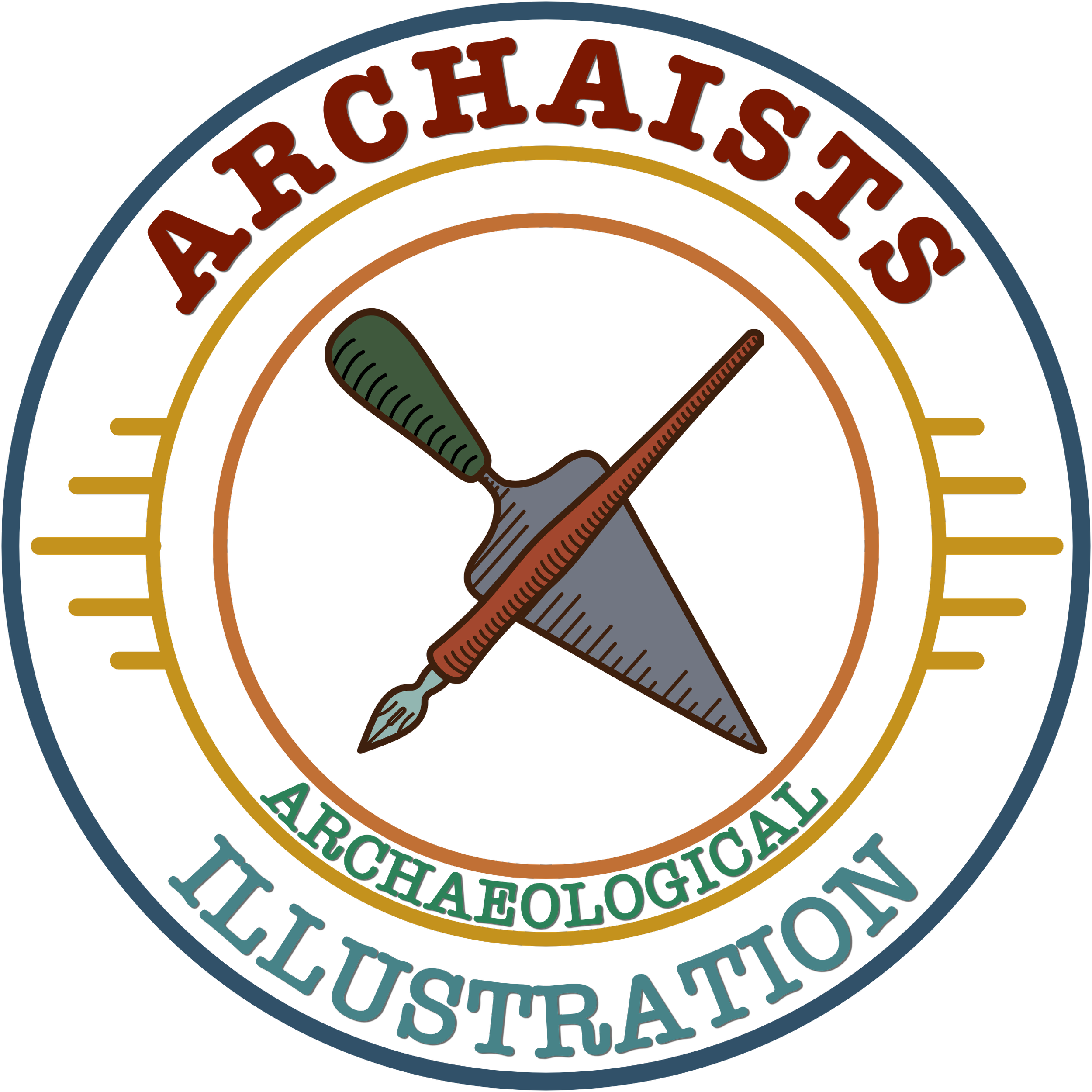Illustrating from Photographs
As you can imagine, it is much more difficult to observe certain details from photographs. It is better to illustrate from the artifact directly. This allows me to notice those important details that may not be visible in the photo. However, with a number of well lit photos taken at various angles, it is possible! Below I have a brief guide for the types of photos I generally need to illustrate an artifact.
Keep in mind what details and orientation you would like the illustration to include.
Choosing a Background and Scale
Depending on the object itself, a white or black background is usually best. In these two photos, I used the same lighting and only changed the background. You can see how the edges of the artifact are seen differently.
Having something for scale is also crucial to include in the photograph. It can simply be a basic ruler or something which has a universal size.
Here we can see how simply the direction from which the light hits the artifact reveals different details and elements of texture.
At minimum I recommend taking a photo of each side of the artifact : top, bottom, front, back, and sides. Any other important information should have additional photos.
Lighting and angles
It is crucial that any details to be included in the illustration are clearly visible. Often this requires the light to be positioned at an angle, especially if there is a three-dimensional element such as a carving.
Another way to ensure that all important details are captured into the illustration is to send photos of the artifact with the light coming from multiple angles. In my opinion, there can never be enough. The slightest angle change could reveal a detail otherwise unnoticed.




